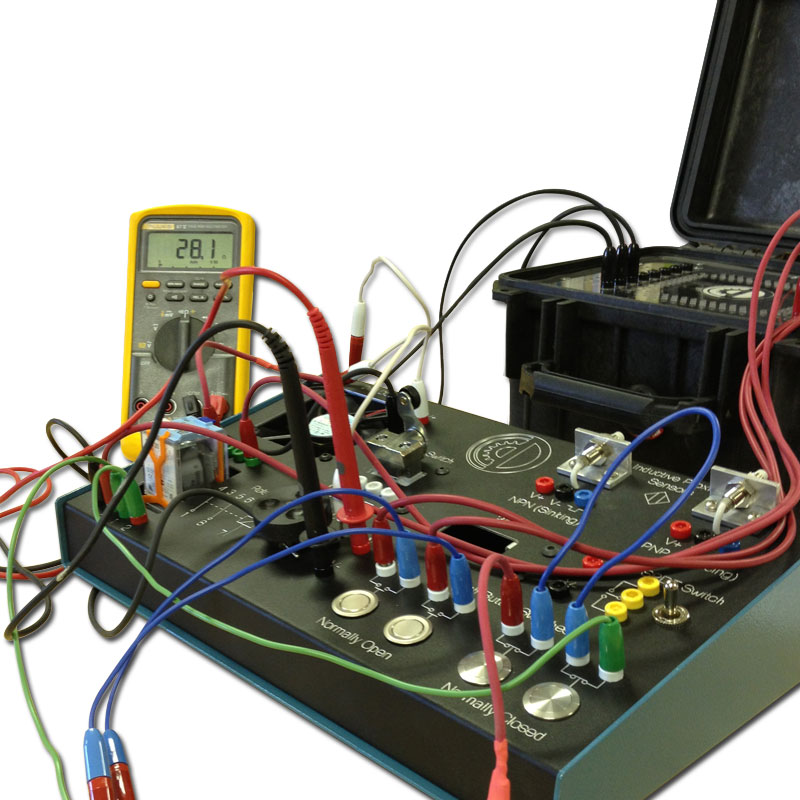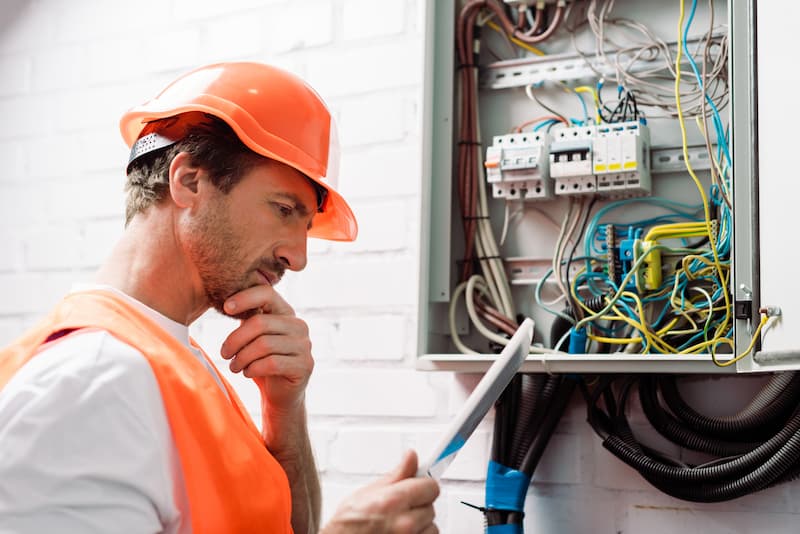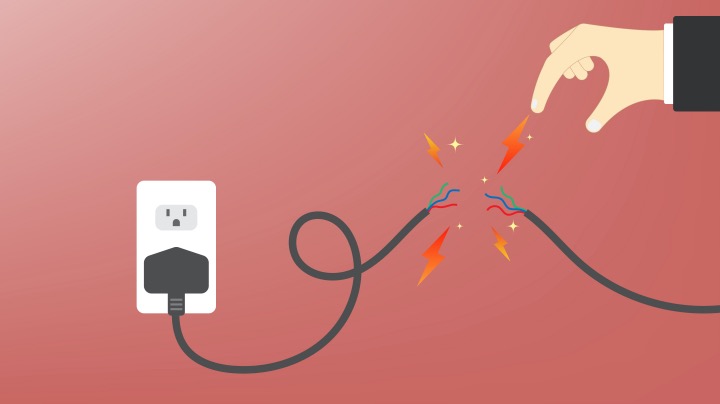Tailored mechanical engineering industry support solutions for your business goals.
Tailored mechanical engineering industry support solutions for your business goals.
Blog Article
Top Tips for Effective Electrical System Troubleshooting
Troubleshooting electric systems needs a methodical strategy, grounded in an extensive understanding of electrical concepts and safety and security protocols. The nuances of efficient fixing expand beyond mere technical expertise; recognizing exactly how to document searchings for and prioritize safety and security can considerably affect outcomes.
Understand the Essentials
Recognizing the essentials of electrical systems is necessary for effective troubleshooting, as a strong foundation enables technicians to identify and fix concerns much more effectively. A thorough grasp of electrical concepts, such as voltage, present, resistance, and power, is critical in identifying the source of troubles. Voltage is the electrical possible difference that drives present through a circuit, while resistance opposes the flow of current, influencing the overall capability of the system.
Experience with circuit parts, consisting of resistors, capacitors, diodes, and changes, is likewise extremely important. Each part plays a distinctive duty in circuit behavior and can influence performance when malfunctioning. Furthermore, comprehending collection and identical circuit configurations is crucial, as these plans affect the distribution of voltage and existing within the system.
Professionals have to be mindful of possible dangers, such as shock and brief circuits, to implement secure troubleshooting practices. By understanding these fundamental concepts, specialists improve their capacity to perform reliable diagnostics and repairs, eventually leading to boosted efficiency and reliability of electric systems (electrical system troubleshooting).
Gather Necessary Devices
Effective troubleshooting of electric systems needs the right collection of devices to identify and settle concerns precisely. Vital tools consist of a multimeter, which gauges voltage, current, and resistance, allowing for accurate examinations of electric elements.
Furthermore, protected hand tools such as screwdrivers, pliers, and cord pole dancers are important for safely adjusting electric links. It is likewise a good idea to have a circuit tester handy to verify the presence of voltage in electrical outlets and cables. For more complicated systems, a thermal imaging video camera can assist spot overheating parts, showing possible failings.

Comply With a Methodical Method
Having actually collected the suitable devices, the next action in repairing electrical systems is to comply with a methodical method. A systematic approach ensures that specialists can recognize faults successfully and precisely, decreasing downtime and stopping unneeded repairs.
Begin by reviewing the system's schematic layouts and specifications. Understanding the layout and operational parameters will give context for detecting issues. Next, separate the problem area by making use of a procedure of elimination. This involves monitoring each element methodically, beginning from the source of power and functioning towards the tons.
Utilize screening devices, such as multimeters and oscilloscopes, to gather objective information concerning voltage, current, and resistance at different factors within the system. This empirical evidence will direct your troubleshooting initiatives and assist to verify or remove prospective reasons for failing.
Furthermore, consider environmental factors that may affect the system's performance, such as temperature variations or moisture access. A thorough examination of circuitry, connections, and elements will certainly make certain that all opportunities are represented.
File Your Searchings For
Detailed paperwork is necessary go to this website in the troubleshooting procedure of electric systems. Exact records improve the efficiency of recognizing reoccuring concerns and assist in communication amongst team members. Each searching for must be thoroughly noted, including symptoms observed, examinations conducted, and the end results of those tests. electrical system troubleshooting. This technique not just aids in comprehending the origin of the problem yet also functions as a referral for future troubleshooting efforts.

Additionally, keeping a log of parts replaced or repairs performed is vital. This info sustains inventory administration and can help examine the long life and reliability of details components.
Ultimately, the documentation procedure need to be thorough yet succinct, making it possible for simple retrieval and review - electrical system troubleshooting. By prioritizing detailed paperwork, service technicians can develop a valuable data base that not only help in read the article current troubleshooting but also equips future maintenance efforts, thereby boosting general system integrity

Prioritize Safety Steps
Recognizing the inherent dangers connected with electrical systems is critical for ensuring safety throughout troubleshooting. Electric shock, burns, and devices damage are simply a few of the prospective threats that specialists deal with. Prioritizing precaution is not only a legal responsibility yet also a moral essential that safeguards both the service technician and the surrounding setting.
Before commencing any type of troubleshooting task, professionals ought to put on proper individual safety equipment (PPE), including insulated handwear covers, safety glasses, and flame-resistant garments. Making certain that the workspace is dry and devoid of clutter can considerably lower the risk of crashes. It is important to de-energize circuits before beginning any work, verifying that they are not live via the usage of a multimeter or voltage tester.
Developing clear interaction methods with staff member is likewise crucial; this makes sure that everybody understands potential hazards and the standing of the electric system being functioned on. Finally, having an emergency response strategy in position can show very useful in case of a case. By prioritizing precaution, technicians can properly alleviate threats and foster a more secure look at these guys office.
Final Thought
Reliable electrical system repairing relies on an extensive understanding of fundamental principles and a methodical technique. Focusing on security steps makes certain the well-being of individuals involved and the stability of the electric system.
Report this page